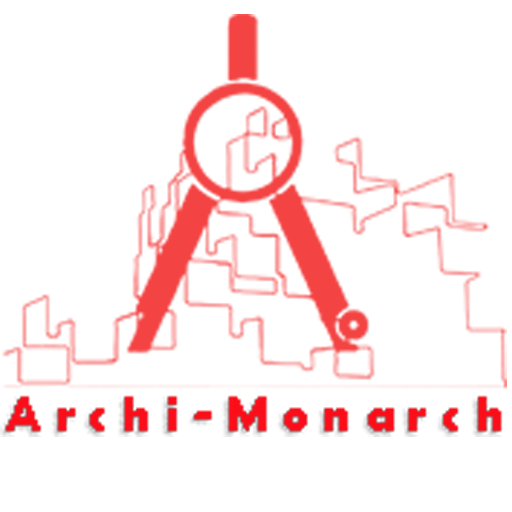In architecture, a shaft typically refers to the vertical portion of a structural or mechanical system that runs through multiple floors of a building. It often houses essential services such as elevators, plumbing, electrical conduits, ventilation ducts, or waste disposal systems.
Service shafts are crucial for the organized and efficient distribution of utilities throughout a building while keeping them hidden from view.
These shafts are usually enclosed for fire safety and sound insulation, and they are strategically placed to minimize disruption to the building’s layout while maximizing ease of access for maintenance and repairs.
If you want to know about the submission drawing or miscellaneous detail or interior detail, please click the link.
Image of Shaft detail and downloadable (in DWG) link below

Shaft detail drawing – 1
In construction, a service shaft detail drawing is a technical representation that shows the design, dimensions, and components of a shaft used to house building services such as plumbing, electrical, HVAC (Heating, Ventilation, and Air Conditioning), and fire safety systems.
These drawings are essential for coordination among various engineering disciplines and for ensuring that services are properly routed and accessible for maintenance.
Key Elements of a Service Shaft Detail Drawing:
Plan and Section Views:
- Plan View: Shows the layout of the shaft at each floor level.
- Section View: Vertical cut through the shaft, illustrating how services are stacked and routed from floor to floor.
Dimensions and Levels:
- Overall dimensions of the shaft (width, depth, and height).
- Floor levels and clearances between services.
- Floor slab openings and support details.
Materials and Finishes:
- Shaft wall construction (e.g., concrete, blockwork, drywall).
- Fire-rated enclosures if required.
- Insulation or acoustic treatments.
Service Routing:
- Position and type of services (e.g., ductwork, pipes, conduits).
- Access panels or doors for maintenance.
- Pipe supports, brackets, and sleeves through floors.
Fire and Safety Considerations:
- Fire dampers, collars, or barriers for services penetrating fire-rated shafts.
- Smoke detectors or ventilation controls if required by code.
Coordination Notes:
- Information for clash detection with structural elements.
- Instructions for sequencing installation.
- Coordination zones for different services to avoid interference.
These detailed drawings are usually developed during the construction documentation phase and are coordinated using Building Information Modeling (BIM) to ensure accuracy and efficiency on-site.
Our tips to help you improve your architectural Shaft detailing.
